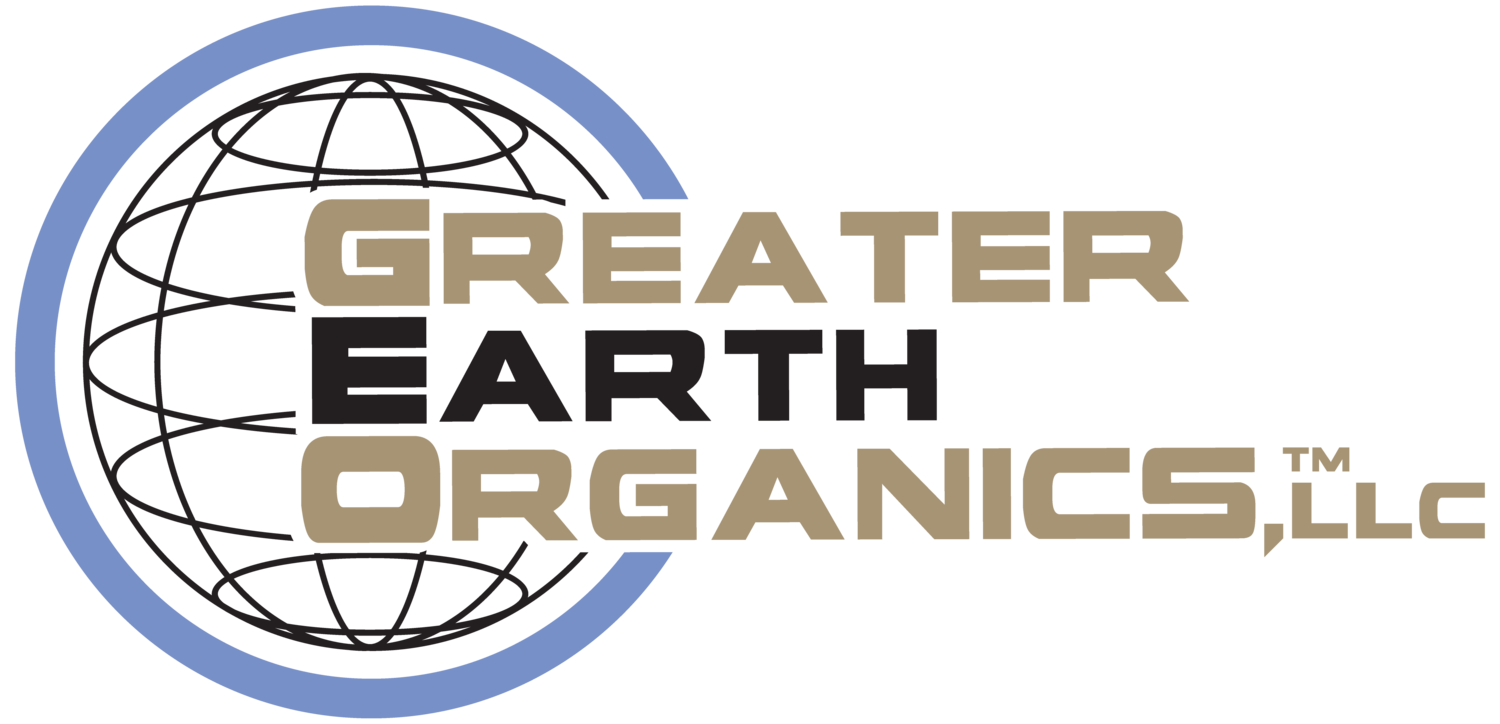The geotea extractor dome
Although most compost tea machines are fairly simple devices, there are several characteristics of the GEOTEA Machine that make it perform better. As an overview, consider that making high quality compost tea consists of three major components, which are extraction, aeration and ease of cleanliness.
The first thing to consider is good extraction of microorganisms from the compost. Good quality compost is teeming with microbes, mostly in a state of dormancy. There are four major functional groups of microbes in compost, with up to hundreds of thousand species in each group. The groups are bacteria, fungi, protozoa and nematodes. It is important that a large number of representatives from each group are successfully extracted, or dislodged, from the compost and transferred into the water (compost tea) so they can be applied to the soil. If good populations of all groups are not present in the compost tea, less than good results may be evident in the landscape. It is important to have the whole “soil foodweb” community in the soil for good nutrient cycling, disease protection, soil structure, etc.
The GEOTEA machine utilizes a “Submerged Extractor Dome” device to maximize extraction of organisms from the compost into the water (tea). This device is unique in the industry, and is the primary reason for GEOTEA’s superiority. It consists of a 9” (or optional 12") diameter stainless steel dome about 4” high that a mesh nylon bag clamps on to. The mesh bag holds the compost and a 1 ½” stainless steel tube runs through the dome vertically to the bottom of the bag. There is a large volume of air pumped down the tube to the bottom of the teabag which vigorously agitates the compost to dislodge the microbes. The dome provides a free space for the compost to jostle around and gently but firmly loosen the microbes from the compost. Because this whole device is underwater, all of the air pumped into the teabag must exit, pushing and pulling billions of microorganisms with it, extracting the microbes and leaving the compost behind.

